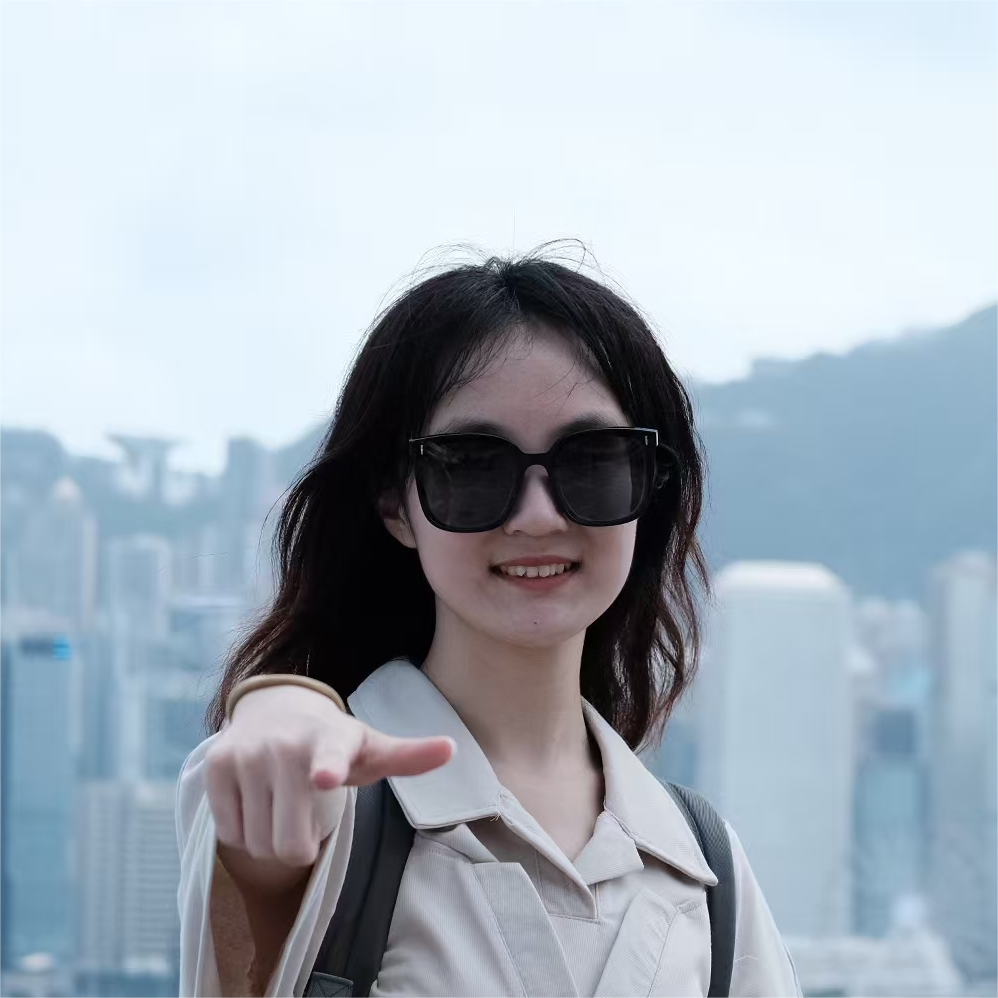Publications

Interpretable Unsupervised Joint Denoising and Enhancement for Real-World low-light Scenarios
Huaqiu Li, Xiaowan Hu, Haoqian Wang†
Openreview Paper Code
- We propose an interpretable, zero-reference joint denoising and low-light enhancement framework tailored for real-world scenarios. Our method derives a training strategy based on paired sub-images with varying illumination and noise levels, grounded in physical imaging principles and retinex theory.

Prompt-SID: Learning Structural Representation Prompt via Latent Diffusion for Single-Image Denoising
Huaqiu Li*, Wang Zhang*, Xiaowan Hu, Tao Jiang, Zikang Chen, Haoqian Wang†
Paper Code
- In this paper, we introduce Prompt-SID, a prompt-learning-based single image denoising framework that emphasizes preserving of structural details. This approach is trained in a self-supervised manner using downsampled image pairs.

Spatiotemporal Blind-Spot Network with Calibrated Flow Alignment for Self-Supervised Video Denoising
Chen, Zikang ; Jiang, Tao ; Hu, Xiaowan ; Zhang, Wang ; Li, Huaqiu ; Wang, Haoqian†
Paper Code
- We first explore the practicality of optical flow in the self-supervised setting and introduce a SpatioTemporal Blind-spot Network (STBN) for global frame feature utilization.

Measuring and Controlling the Spectral Bias in Self-Supervised Denoising
Wang Zhang*, Huaqiu Li*, Tao Jiang, Zikang Chen, Haoqian Wang†
Paper Code
- We introduce a Spectral Controlling network (SCNet) to optimize self-supervised denoising of paired noisy images. First, we propose a selection strategy to choose frequency band components for noisy images, to accelerate the convergence speed of training.
Preprints

MMGenBench: Fully Automatically Evaluating LMMs from the Text-to-Image Generation Perspective
Hailang Huang, Yong Wang, Zixuan Huang, Huaqiu Li, Tongwen Huang, Xiangxiang Chu, Richong Zhang†
Paper Code
- We propose the MMGenBench-Pipeline, a straightforward and fully automated evaluation pipeline. This involves generating textual descriptions from input images, using these descriptions to create auxiliary images via text-to-image generative models, and then comparing the original and generated images.
